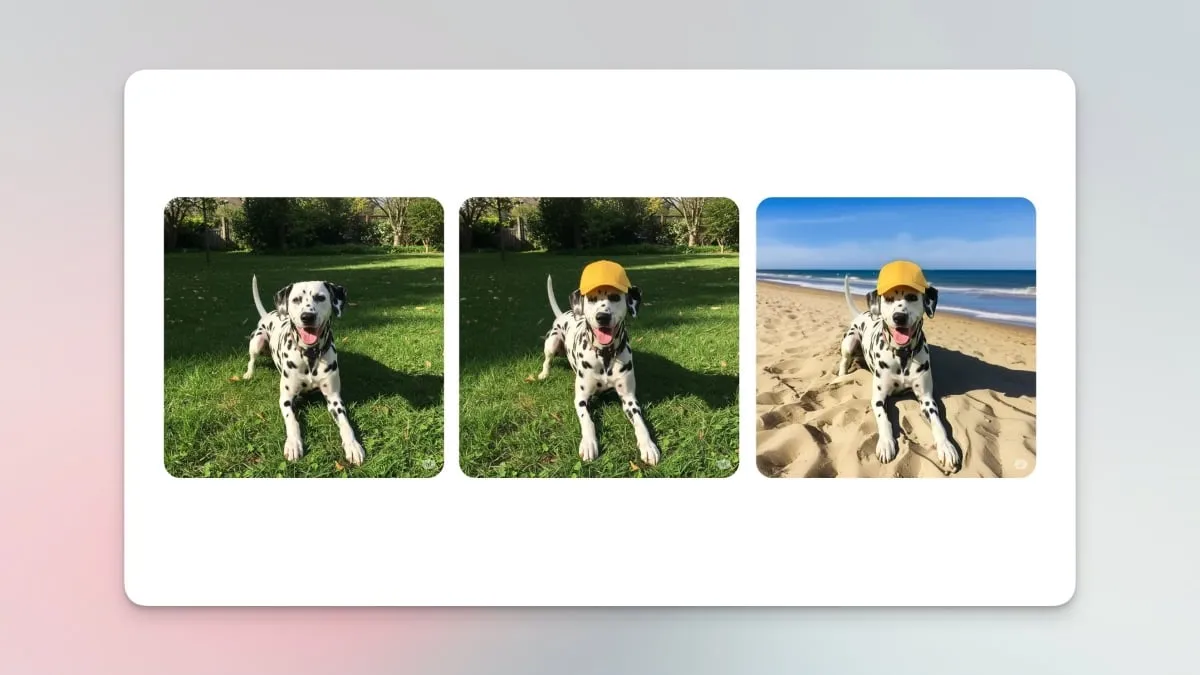
Google is set to revolutionize the way users interact with images through its latest update to the Gemini platform. This innovative feature allows users to utilize text-based prompts within the Gemini app or website to modify existing images. Previously available in Google AI Studio, this functionality is now being rolled out to all Gemini users globally, with support for a remarkable 45 languages.
The introduction of AI image editing in Gemini significantly lowers the barriers for photo editing. Users can engage in a conversational exchange with the Gemini AI chatbot to either generate new images or upload personal photos directly into the chat window for editing. This user-friendly approach is akin to the Google Pixel's Reimagine feature, which enables users to incorporate virtual objects into real-life photographs.
With Gemini's photo editing tools, users can replace specific objects in an image, modify backgrounds, and introduce entirely new elements from scratch. For instance, in a blog post announcing the feature, Google illustrated how users could upload a personal photo and request the AI to change their hair color, allowing them to visualize their look after a dye job. Furthermore, the AI has the capability to remember previous requests, enabling users to make multiple modifications to their images across different messages seamlessly.
In addition to basic editing, Google also highlights that users can leverage this feature to craft narratives accompanied by custom images. This opens up a world of creative possibilities, merging storytelling with visual art in an intuitive way. However, such powerful tools come with ethical concerns, particularly regarding the potential misuse for creating misleading images that could harm individuals or organizations.
To address these concerns, Google has implemented measures to ensure responsible usage of AI-generated images. All images produced using Gemini's AI editing tools will contain an invisible watermark, distinguishing them as AI-generated. Additionally, Google is exploring the implementation of a visible watermark on these images, which would make it easier to identify AI-edited images and mitigate the risks associated with their misuse.
As this cutting-edge feature begins its rollout today, users may need to exercise patience before they can explore its full capabilities. It's important to note that this feature will not be accessible to users of Google Workspace and educational accounts, focusing instead on individual users looking to enhance their image editing experience.